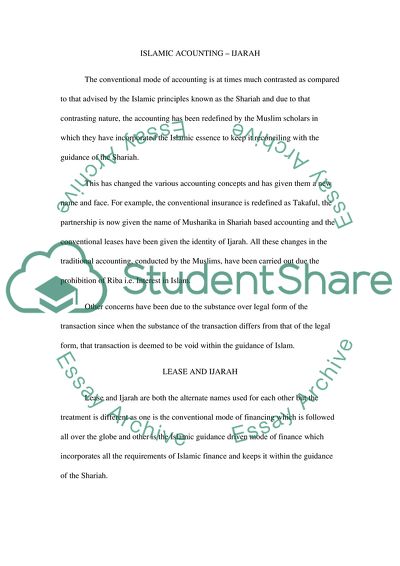Cite this document
(Islamic Accounting Case Study Example | Topics and Well Written Essays - 1750 words, n.d.)
Islamic Accounting Case Study Example | Topics and Well Written Essays - 1750 words. Retrieved from https://studentshare.org/finance-accounting/1751365-islamic-accounting-see-attatched
Islamic Accounting Case Study Example | Topics and Well Written Essays - 1750 words. Retrieved from https://studentshare.org/finance-accounting/1751365-islamic-accounting-see-attatched
(Islamic Accounting Case Study Example | Topics and Well Written Essays - 1750 Words)
Islamic Accounting Case Study Example | Topics and Well Written Essays - 1750 Words. https://studentshare.org/finance-accounting/1751365-islamic-accounting-see-attatched.
Islamic Accounting Case Study Example | Topics and Well Written Essays - 1750 Words. https://studentshare.org/finance-accounting/1751365-islamic-accounting-see-attatched.
“Islamic Accounting Case Study Example | Topics and Well Written Essays - 1750 Words”. https://studentshare.org/finance-accounting/1751365-islamic-accounting-see-attatched.


